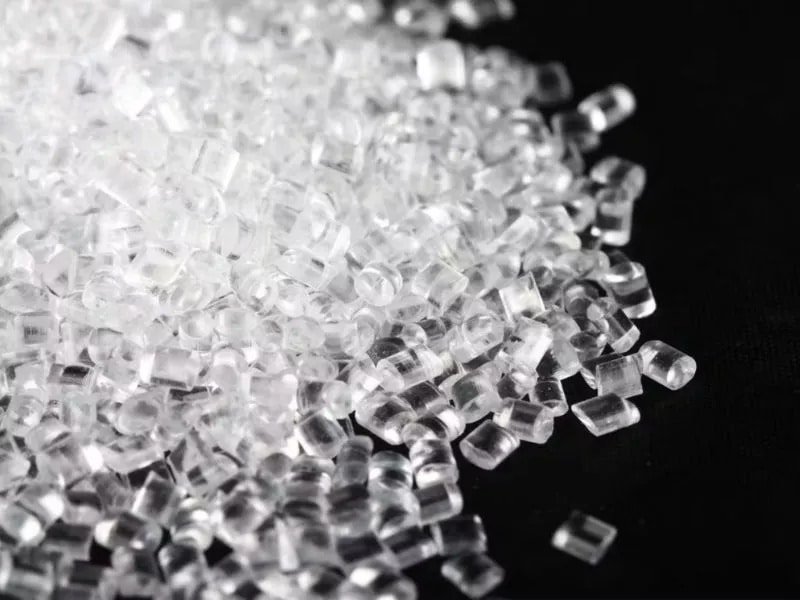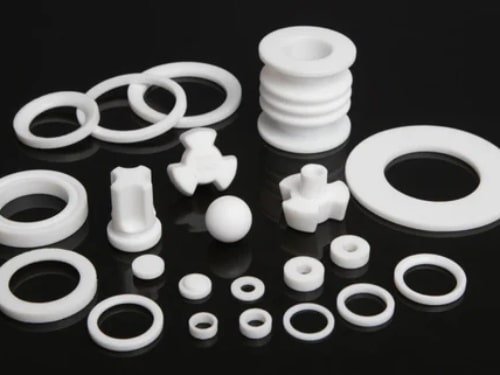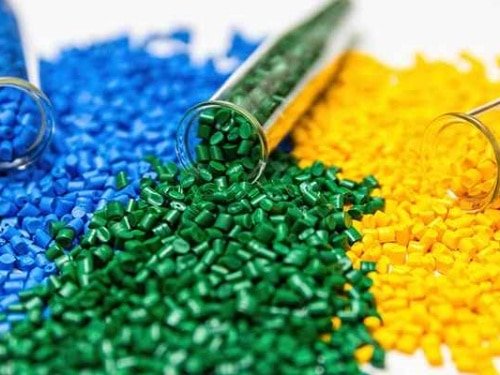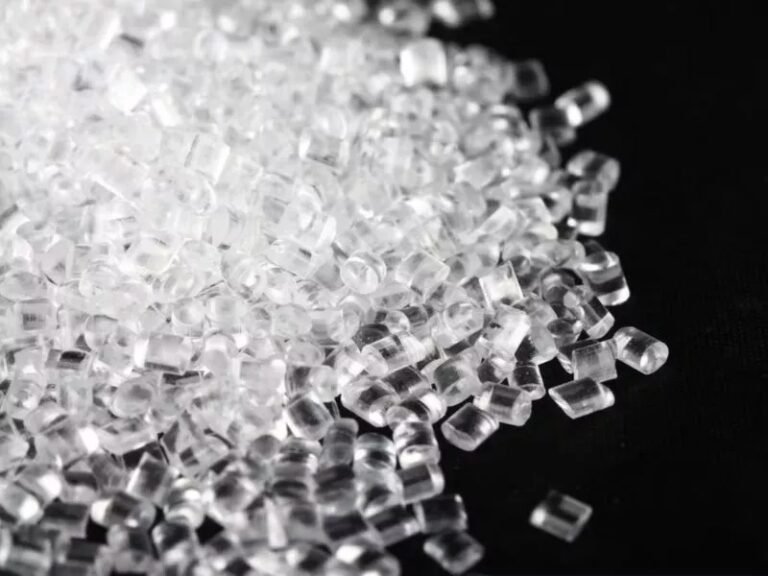Acrylic molding is a popular plastic injection molding service used to produce high-quality, transparent plastic parts for diverse applications. Acrylic injection molding is widely used in automotive, medical, and consumer goods. This article will learn everything you need to know about PMMA injection molding.
Acrylic Material Properties
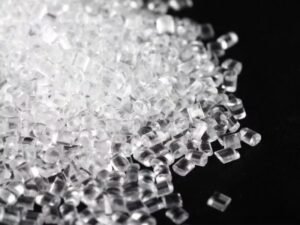
Polymethyl methacrylate (PMMA), commonly known as acrylic, is a thermoplastic renowned for its glass-like transparency, durability and robust physical properties. Its unique characteristics make injection mold acrylic ideal for applications requiring aesthetic appeal and functional performance. Below is a detailed overview of PMMA’s key properties:
| Property | Value | Description |
|---|---|---|
| Tensile Strength at Yield | 6,390–10,700 PSI | Ensures structural integrity under moderate stress, suitable for rigid components |
| Elongation | 3.0–12% (at break) | Limited flexibility before fracture, requiring careful design for impact resistance |
| Flexural Modulus | 247,000–509,000 PSI | High stiffness ideal for applications needing minimal deformation |
| Light Transmittance | 91–93% | Superior optical clarity, perfect for lenses, displays, and transparent covers |
| UV Resistance | High | Resists yellowing and degradation under prolonged sunlight exposure |
| Chemical Resistance | Good | Withstands detergents, diluted acids, and hydrocarbons, ideal for harsh environments |
| Density | ~1.18 g/cm³ | Lightweight, about half of glass |
| Refractive Index | 1.48–1.50 | Suitable for optical uses |
| Heat Distortion Temp | 85–100°C | Elevated temperatures can cause warping |
| Rockwell Hardness | M 102 | Reasonably scratch-resistant |
| Recyclability | Fully recyclable | Supports eco-friendly manufacturing through reuse in secondary applications |
| Water Absorption | 0.2–0.4% | Needs drying before processing |
| Mold Shrinkage | 0.4–0.61% | Ensures dimensional precision |
Benefits of Acrylic Molding
Acrylic plastic molding offers significant advantages, especially when compared with other thermoplastics or even glass. Here are the primary benefits:
Superior Optical Clarity: With up to 93% light transmission, injection molded acrylic rivals glass for lenses, windows, and display covers.
Durability and Weather Resistance: Acrylic’s resistance to UV light and weathering ensures longevity in outdoor applications, such as automotive lenses or signage.
High Dimensional Accuracy: Consistent shrinkage and low warping tendencies mean parts fit precisely even with complex geometries.
Lightweight: At roughly half the weight of glass, injection molded acrylic reduces material and shipping costs while maintaining structural integrity.
Color Versatility: It supports transparent, translucent, and vibrant colored finishes, which broadens design potential.
Cost-Effectiveness: Compared to glass or polycarbonate, acrylic is more affordable, making acrylic plastic molding economically viable for high-volume production.
Versatile Shaping: The process allows for complex geometries, enabling innovative designs in products like medical devices and consumer goods.
Sustainability: Acrylic’s recyclability supports environmentally conscious manufacturing, as scraps can be reused in secondary applications.
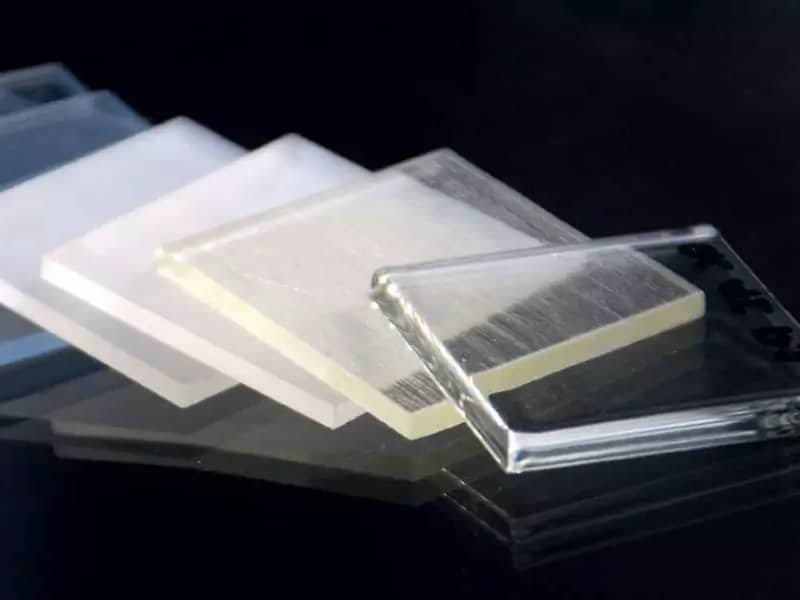
Acrylic Injection Molding Material
Drawbacks of Acrylic Molding
Despite its advantages, injection molding PMMA has limitations:
Brittleness: PMMA is more prone to cracking under impact compared to polycarbonate or flexible resins.
Lower Thermal Resistance: It becomes dimensionally unstable above ~90°C, restricting its use near heat sources or in high-temperature processes.
Scratch Susceptibility: Acrylic surfaces are less resistant to scratching than glass, necessitating careful handling or protective coatings.
Poor Solvent Resistance: Exposure to certain chemicals (especially solvents) can cause stress cracking or cloudiness in injection molded acrylic.
Higher Mold & Tooling Costs: Precision and surface finish requirements for injection mold acrylic parts may demand premium polishing or tooling.
Moisture Absorption: PMMA absorbs moisture over time, which can cause cloudiness or defects if not properly managed during PMMA injection.
Design Guidelines for Acrylic Molding
Successful acrylic injection molding depends on meticulous design and process control. Below are critical factors and guidelines to ensure high-quality injection mold acrylic parts:
The mold’s material and finish are pivotal. Steel molds are ideal for high-volume acrylic plastic molding due to their durability, while aluminum suits lower volumes. Polished mold surfaces are essential for optical clarity, as imperfections can transfer to the part, compromising aesthetics.
Uniform wall thickness between 0.025″ and 0.150″ (0.635–3.81 mm) helps minimize internal stresses, promotes even cooling, and controls optical transparency. Sudden changes in thickness can lead to sink marks, warpage, or bubbles.
Sharp corners should be avoided, as they create stress concentrations. Design transitions with a radius at least 25% of wall thickness; generous radii improve strength and reduce breakage risk.
Incorporate draft angles of 0.5°–1° to facilitate part ejection, particularly for optically clear components. Textured surfaces may need larger drafts (up to 2°) to avoid drag marks during ejection.
Strategic gate placement minimizes visible marks on cosmetic surfaces. Collaborate with molders to optimize gate location, ensuring uniform flow and reducing knit lines in injection moulding acrylic.
Acrylic’s hygroscopic nature requires drying pellets at 75–91°C for 3.4–5.1 hours before processing. This step prevents moisture-related defects like cloudiness or bubbles, ensuring high-quality PMMA injection parts.
Proper temperature and pressure control is important. Maintain melt temperatures between 225–272°C and mold temperatures between 59.4–81.1°C to avoid thermal decomposition or warping. Injection pressures of 500–1500 bar ensure complete mold filling without flash or voids.
Acrylic Molding Process
The acrylic injection molding process is a multi-step procedure requiring precise control to achieve consistent results. Below are the key stages:
- Material Preparation: Select high-quality PMMA resin pellets and dry them to eliminate moisture, a critical step to prevent cloudiness or bubbles in injection mold acrylic.
- Melting: Heat the pellets in the injection molding machine’s barrel. Proper screw speed and back pressure ensure uniform melting without degrading the material.
- Injection: Inject the molten acrylic into the mold cavity under high pressure. This step fills intricate details, ensuring dimensional accuracy in acrylic plastic molding.
- Cooling: Cool the part in the mold, the cooling time and temperature are depending on wall thickness. Controlled cooling prevents warping and maintains part integrity.
- Ejection: Open the mold and eject the part using pins. Proper draft angles and pin placement prevent deformation or surface damage during ejection.

Post-Processing of Acrylic Parts
Post-processing enhance both the functionality and aesthetics of injection moulded acrylic parts. Below are the key post-processing for injection molded acrylic:
Degating: During PMMA injection, the molten acrylic flow into mold cavities through the gates, often leaving protrusions or intrusions on the finished part. Degating involves carefully removing these gate remnants to achieve clean, smooth edges.
Deflashing: After degating, excess material, known as flash or resin bleeds, may remain along the mold’s parting lines or edges. Deflashing removes these imperfections using manual trimming, abrasive tools, or cryogenic methods.
Cleaning: Residual materials, dust, or oils from the molding process can adhere to the part. Thorough cleaning, often using mild detergents or alcohol-based solutions, ensures the injection moulded acrylic surface is spotless.
Polishing: Techniques such as flame polishing, buffing, or vapor polishing are commonly used for acrylic molding parts to restore or enhance optical clarity.
Decorating: Acrylic parts may undergo painting, laser etching, or applying decals to add colors, patterns, logos or branding.
Common Issues in Acrylic Injection Molding
The table below outlines frequent challenges in PMMA injection, their causes, and preventive measures, providing a practical reference for troubleshooting:
| Issue | Cause | Preventive Measure |
|---|---|---|
| Cloudiness | Moisture in acrylic pellets | Pre-drying pellets at 75–91°C for 3.4–5.1 hours before processing |
| Bubbles | Trapped moisture or air during injection | Optimize drying and adjust injection pressure/speed |
| Burn Marks | Excessive melt temperature (>272°C) | Maintain melt temperature within 225–272°C; Optimize venting |
| Warping | Uneven cooling or improper mold temperature | Use consistent mold temperature (59.4–81.1°C) and uniform walls |
| Sink Marks | Insufficient holding pressure or thick wall sections | Increase holding pressure; maintain wall thickness (0.635–3.81 mm) |
| Knit Lines/Weld Lines | Poor flow convergence at gate or thin walls | Optimize gate placement and ensure adequate injection pressure; Increase melt temp |
| Flow Lines | Irregular filling/cooling | Adjust injection speed/temp; balance flow |
| Short Shots | Insufficient fill/pressure | Increase pressure/temp; optimize gate |
| Stress Cracks | Sharp corners/fast cooling | Add radii; control cooling rate |
Applications of Acrylic Molding by Industry
The versatility of acrylic injection molding makes it indispensable across multiple sectors, include:
- Automotive: Injection mold acrylic is used for tail lights, headlight lenses, and dashboard covers. Acrylic’s ability to form complex shapes supports innovative automotive designs.
- Medical: Medical device housings, surgical trays, and diagnostic equipment covers due to PMMA’s biocompatibility.
- Consumer Goods: Retail displays, signage, and cosmetic containers benefits on acrylic’s transparency and aesthetic appeal.
- Electronics: Acrylic is used for LED lenses, touch screen covers, and enclosures, benefiting from its lightweight properties and high light transmittance.
- Construction: Injection moulding acrylic creates windows, skylights, and protective panels, offering a shatter-resistant, weather-resistant alternative to glass.

Conclusion
Acrylic injection molding achieves a rare balance of precision, transparency, and versatility. A good PMMA injection Molding design and skilled manufacturer will help to avoid the issues in acrylic injection molding. Zhongde is a professional acrylic molding manufacturer offering high-quality plastic injection molding services for your custom plastic parts needs. Our experienced engineers ensure every project meets strict quality standards. Welcome to contact us and get a professional custrom acrylic injection molding solution.
FAQ
Use steel molds for high-volume PMMA injection to ensure durability and precision. Aluminum molds are suitable for lower volumes but may wear faster, especially for optically clear parts.
Injection molding PMMA offers superior clarity and complex geometries compared to extrusion or casting. It’s cost-effective for high-volume production but requires precise control to avoid defects.
Dry PMMA pellets thoroughly, maintain melt temperatures, use uniform wall thickness, and optimize gate placement to minimize defects like cloudiness or warping.
